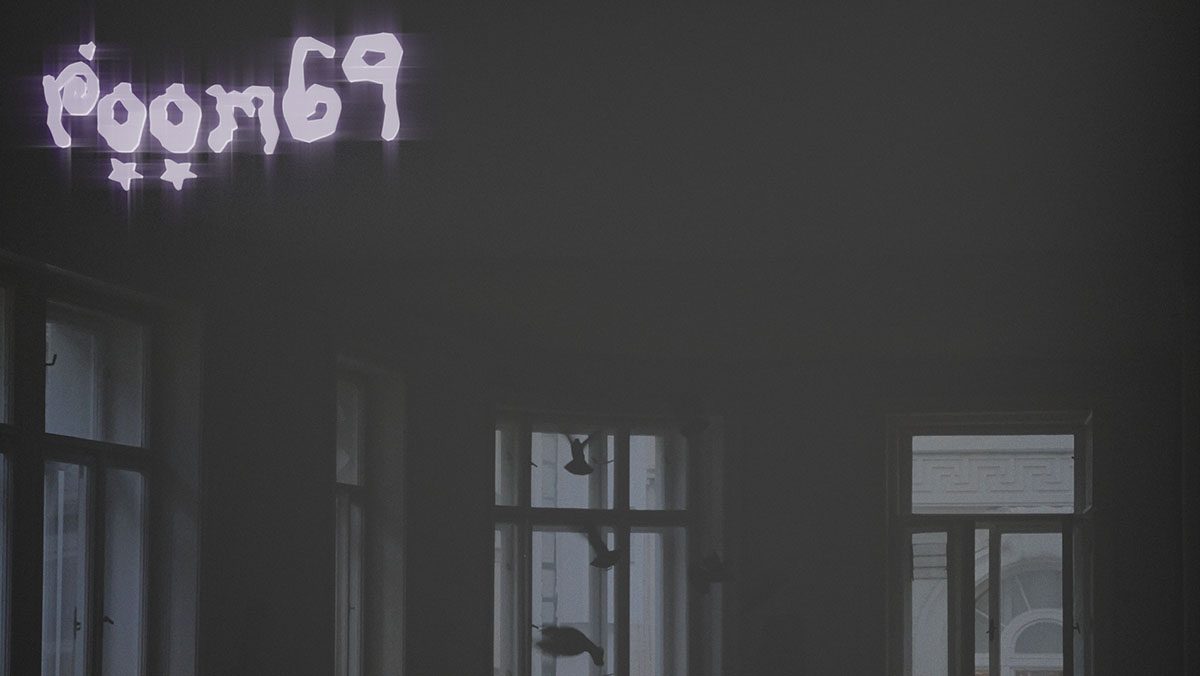In their latest installment of exhibitions, the artist collective @r00m69 is pleased to present “i wish you were not here”, a Google Street View based hybrid intervention and virtual experience. Topologies of virtual space that mirror real-world locales have evolved into a new architectural arena for the creation, exhibition, distribution and experiencing of art. These virtual landscapes, however uncontrolled, uncurated, unmanaged, pull on the atmosphere of the physical areas in which they are anchored, toying at protest and deconstruction, and push beyond the appearance of “the real.” Virtual topologies reflective of their physical counterparts can develop a dialectic understanding of the way organism, object, space and environment mutually construct each other. “i wish you were not here” attempts to ingest the lived, the essential, the forgotten the ignored, the sutured, the cellular, the categorical, the intimate, the abandoned and other such social-geographies of the physical realm into the virtual one, one that is relational, processive in viewing reality and consisting of multiples, a complex of processes.
This ingestion process of replicating and scanning the physical, in this case a derelict cinema house in an affluent inner-city district, brings into view multiple aspects of complex systems that transform through a focused view on each artist’s work.
When the viewer accesses and navigates the vividly defective replication of a now antiquated cultural site, they participate in the apodicticity of relatedness. Occupying the very same hallways, floors, corridors and archway stairs as the works themselves, the artist, in relation to the space and to the viewer who engages the work, cement, whether temporarily or permanent, themselves digitally and relate a dynamism inherent to the physical origin of the locality.
Discover the virtual exhibition: „i wish you were not here“
Participating Artists: Rebecca Merlic, Josepha Edbauer, Carmen Blum, Lukas Dworschak, Winona Hudec, Brooklyn J. Pakathi, Cristian Anutoiu, Julian Schock, Hannah Neckel, Maximilian Prag.
3D Scans, Architectural Concept & Visualization: Maximilian Prag & Cristian Anutoi
ROOM 69 – room69.fun




